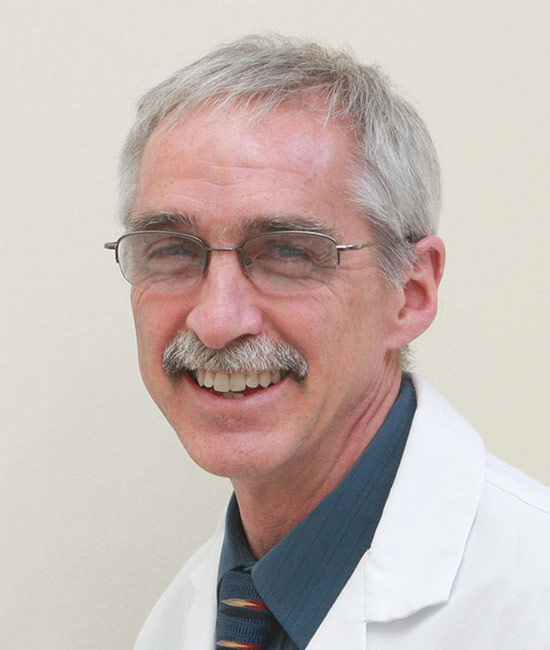
Gifford orthopedic physician assistant Brad Salzmann has a special interest, education and training in disaster management. Here he shares information on preparing for a disaster.
By Brad Salzmann, PA-C
This September marks the 10th annual National Preparedness Month. Sponsored by the Federal Emergency Management Agency (FEMA) and endorsed by the president of the United States, the month urges all Americans to recognize the importance of preparedness and working together to enhance national security, resilience and readiness.
All disasters are first and foremost local, and all emergency response starts locally. Individuals, families, communities and businesses that are even somewhat prepared fair far better than those who are not prepared. While it’s impractical to prepare for all possible scenarios, every bit of preplanning and preparedness does make a difference. Outside help is not always immediately available. Think back to past emergency events you were involved in, or talk to someone who has been affected; what were some of the things you wished you had thought of and prepared for ahead of time?
The basic mantra is: Be informed, make a plan, build a kit, and get involved.
Being informed means staying updated on local situations and information and knowing what to do before, during and after an emergency. All types of media, including social media sites, are used now for news, information and directions. VT 211 (Get connected, Get answers) is a free, confidential, 24/7, reference to access hundreds of community resources, sponsored by the Vermont United Way (http://www.vermont211.org); it is not for emergencies (911), nor is it directory assistance (411). VT 511 (http://www.511vt.com) is free reference sponsored by the Vermont Agency of Transportation with updated road information.
Making a plan starts with where to meet; how to communicate with loved ones; evacuation and shelter-in-place options; plans for pets and livestock; plans for infants, elderly and those with special needs; obtaining important medications; and retrieval of important documents. Businesses and communities should also plan for identifying and preparing for alternate ways to continue crucial operations, and recovery. Plans really should be tested, updated and adjusted periodically. September is a great time to do this!
Kits are generally divided into three categories: Personal “go” kits are in a backpack or duffle that can be easily grabbed and carried. They should have sufficient supplies for you to survive for 24 hours. Mobile kits are in a larger container that can be put or kept in a vehicle. Supplies should be adequate for three days of survival for you and your family. Home kits contain enough supplies and equipment needed in event of an extended shelter-in-place situation.
Getting involved means working with family, friends, community or larger organizations in planning for, preparing for, responding to and mitigating for emergency events. There are a variety of organizations and groups that are always looking for volunteers.
You may have heard of the survival rule of threes: three minutes without oxygen, three days without water and three weeks without food. My rule of threes has to do with redundancy. One should strive for three ways to obtain water, shelter, food and light, as well as three methods of communication, three routes of evacuation, three alternate places to go, and methods to get there, and so on.
There is an abundance of good information available on emergency preparedness. For those of you with Internet access, there are excellent sources from FEMA (http://www.ready.gov), the Centers for Disease Control and Prevention, the Red Cross (http://redcross.org/prepare/location/home-family), the Vermont Department of Public Safety, and many others. The Vermont Department of Emergency Management has printed an excellent Family Emergency Preparedness Workbook, which is available online at http://vem.vermont.gov, as well as by calling 1-800-347-0488 or writing to 103 South Main Street, Waterbury, VT 05671-2101. There are even smart phone apps now available with vital emergency preparedness information. If this all seems overwhelming, check out Do1Thing, at http://do1thing.com. This breaks down preparedness into monthly doable and affordable projects.
Finally, watch out for scams and fraud. Unfortunately, there are a few individuals who prey on the misfortunes of others. Never give out your account numbers or Social Security number, or pay in advance for anything unless you are 100 percent sure it is safe.
Please, take this opportunity to enhance your preparedness for emergencies, even if it’s just to make a few lists and jot down a few ideas.
Brad Salzmann is an orthopedics physician assistant at Gifford in Randolph. He also has a master’s degree in disaster medicine and management, and serves as part of the national Disaster Medical Assistance Team based in Worcester, Mass.

